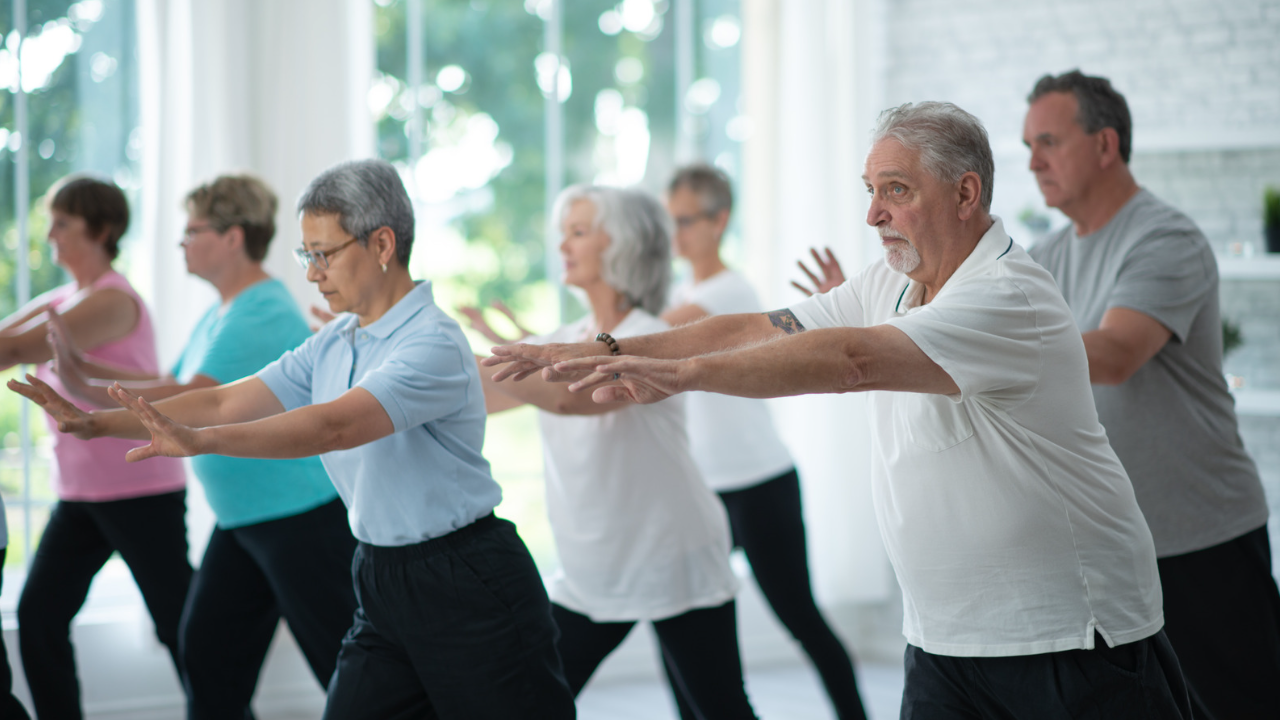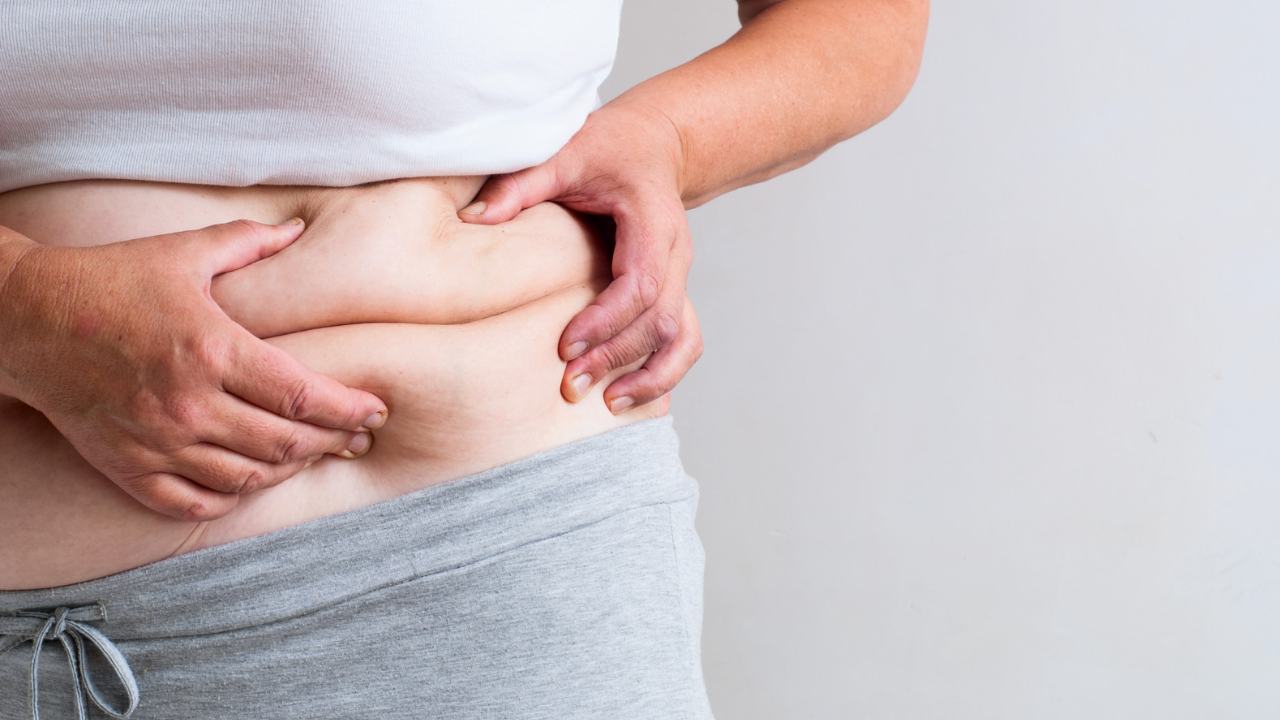- Feeling the aches and pains of osteoarthritis?
- Don’t reach for the painkillers just yet!
- There are simple and effective ways to treat osteoarthritis without relying on medications.
- Keep reading to find out how you can improve joint health and reduce pain naturally
Today we are going to talk about a common condition called osteoarthritis and how you can treat it without using medicines.
Osteoarthritis is like a bump on the road for your bones. Just like a bump can slow down a car, osteoarthritis can slow down your bones and make it harder for you to move. But don’t worry, there are ways to smooth out the bump and keep your bones moving smoothly. Let’s see how!
Exercise: Exercise is like oil for your bones. It helps keep them moving smoothly and reduces the bump of osteoarthritis. Regular physical activity is one of the best things you can do to manage osteoarthritis pain and improve joint function. Some good exercises for osteoarthritis are swimming, cycling, and Tai Chi.
Swimming is a great exercise for people with osteoarthritis because it puts very little stress on the joints. The buoyancy of the water helps support your body weight, so you can move more easily without putting too much pressure on your joints. Simply getting into the pool and moving up and down the pool even though it’s shallow will do wonders.
Cycling is also a low-impact exercise that can help improve joint mobility and reduce pain.
 Tai Chi is a form of gentle exercise that originated in China. It involves slow, flowing movements and deep breathing, which can help improve balance and reduce stress on the joints. According to current rheumatological reports in 2012, people with osteoarthritis who did Tai Chi helped improve pain and overall function.
Tai Chi is a form of gentle exercise that originated in China. It involves slow, flowing movements and deep breathing, which can help improve balance and reduce stress on the joints. According to current rheumatological reports in 2012, people with osteoarthritis who did Tai Chi helped improve pain and overall function.
Weight control: If you have extra weight, it’s like adding extra passengers to your car. The more weight your bones have to carry, the bumpier the road will be. So, keeping a healthy weight is important to reduce the bump of osteoarthritis. Excess weight puts extra pressure on the joints, which can make osteoarthritis pain worse. Losing just a few pounds can help reduce stress on your joints and improve your overall health. A study published in JAMA 2013 found that people with osteoarthritis who lost weight had significant improvements in pain, compared to those who didn’t lose weight.

Hot and Cold therapy: Hot and cold therapy is like a mechanic for your bones. It can help reduce the pain and swelling caused by osteoarthritis. Try taking a warm bath or using a heating pad for heat therapy and try using an ice pack for cold therapy. Heat therapy can help improve circulation and reduce muscle spasms, which can relieve pain and stiffness associated with osteoarthritis. Cold therapy, on the other hand, can help reduce swelling and numb pain.
Diet: A balanced diet is like fuel for your bones. Eating foods that are rich in vitamins and minerals can help keep your bones healthy and reduce the bump of osteoarthritis. Some good foods to eat are leafy greens, nuts, and fish. Leafy greens, such as spinach, kale, and collard greens, are rich in vitamins and minerals that can help improve joint health. They are also high in antioxidants, which can help reduce inflammation and improve joint function. Nuts, such as almonds and walnuts, are a good source of Omega-3 fatty acids, which have anti-inflammatory properties. These essential fatty acids can help reduce pain and improve joint mobility. In addition, omega-3 fatty acids can also be found in fatty fish such as salmon, which is a great food to add to your diet to improve joint health.
 The recommended daily intake of omega-3 fatty acids for joint pain varies based on several factors, including age, gender, and overall health. It’s important to note that while omega-3 fatty acids can be beneficial for reducing joint pain, they are not a cure for osteoarthritis. They work best when combined with other lifestyle changes, such as exercise and a balanced diet, to improve joint health and reduce symptoms. It’s always a good idea to talk to your health care provider before making any changes to your diet or supplement regimen, especially if you have any pre-existing health conditions or are taking any medications. Your health care provider can help determine the right amount of omega-3 fatty acids for you and ensure that they are safe and effective for your needs
The recommended daily intake of omega-3 fatty acids for joint pain varies based on several factors, including age, gender, and overall health. It’s important to note that while omega-3 fatty acids can be beneficial for reducing joint pain, they are not a cure for osteoarthritis. They work best when combined with other lifestyle changes, such as exercise and a balanced diet, to improve joint health and reduce symptoms. It’s always a good idea to talk to your health care provider before making any changes to your diet or supplement regimen, especially if you have any pre-existing health conditions or are taking any medications. Your health care provider can help determine the right amount of omega-3 fatty acids for you and ensure that they are safe and effective for your needs
Psychological interventions: Our mind and body are like two best friends. When one is feeling down, the other one feels it too. So, taking care of your mental health can also help reduce the bump of osteoarthritis pain. Studies have shown that psychological interventions, such as cognitive-behavioral therapy, can be effective in reducing pain and improving quality of life for people with osteoarthritis. Cognitive-behavioral therapy is a type of talk therapy that helps you change negative thoughts and behaviors that may be contributing to your pain.
Other psychological interventions that may be helpful for osteoarthritis pain include relaxation techniques, such as deep breathing and meditation, and mindfulness-based stress reduction.
Mindfulness-based stress reduction : MBSR is a type of therapy that teaches individuals to focus on the present moment and to be more aware of their thoughts and feelings. By practicing mindfulness, individuals with OA can learn to manage their pain and reduce stress.
Relaxation techniques: Relaxation techniques, such as deep breathing, progressive muscle relaxation, and visualization, can help reduce stress and muscle tension, which can contribute to joint pain. By practicing relaxation techniques, individuals with OA can improve their ability to manage their pain and improve their overall quality of life.
Remember, taking care of your bones is like taking care of a car. Keep them running smoothly and they will take you wherever you want to go!
Have a good day and Think your health.You can check the entire Yt video here.
Sources:
https://www.cdc.gov/arthritis/basics/osteoarthritis.htm
https://pubmed.ncbi.nlm.nih.gov/
https://pubmed.ncbi.nlm.nih.gov/
https://pubmed.ncbi.nlm.nih.gov/
https://pubmed.ncbi.nlm.nih.gov/
https://www.webmd.com/osteoarthritis/






